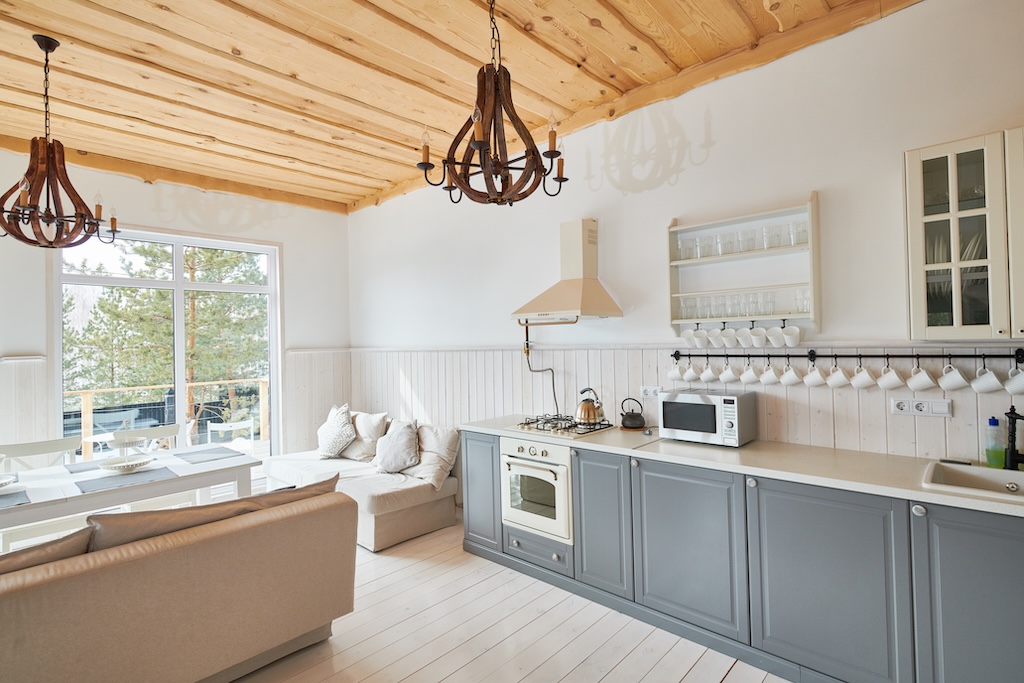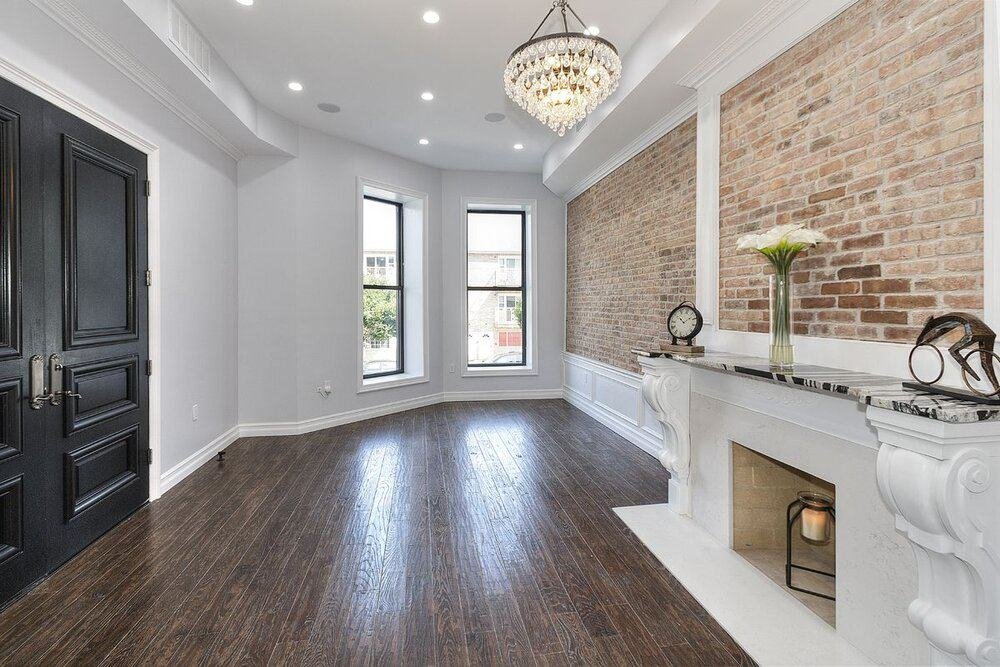Lakewood Interior Painting: Transform Your Home with Expert Painters and Services
Lakewood Interior Painting: Transform Your Home with Expert Painters and Services
Blog Article
Enhance Your Inside Design With Comprehensive Color Appointment
The assimilation of color examination right into interior layout provides a special possibility to refine and raise the aesthetic and psychological vibration of a room. By engaging with an experienced color professional, you can navigate the complexities of color selection, making sure that your selections not only complement architectural attributes but likewise reverberate with personal design and mental effect.
Benefits of Color Examination

Furthermore, color consultation help in taking full advantage of natural light and enhancing spatial perception. Lighter hues can make a room show up more extensive, while darker tones produce an intimate setup. Cleveland Metro Painting Specialists. This calculated application of shade can substantially affect the total ambiance of any kind of indoor room
In addition, specialist consultants possess a comprehensive understanding of ageless standards and present patterns, guaranteeing that the selected shades will certainly stay enticing with time. This insight can conserve customers from expensive redesigns in the future. Color consultation encourages customers by providing them with a clear vision and direction, cultivating confidence in their design options and ultimately leading to a more effective and gratifying indoor style outcome.
Comprehending Color Psychology
The significance of shade psychology in interior decoration can not be overstated, as it looks into the emotional and psychological results that numerous colors can evoke in individuals. Colors can affect state of mind, habits, and also productivity, making them a critical consideration in any layout job.
For example, cozy shades such as red, orange, and yellow are usually connected with energy and heat. They can promote sensations of excitement and comfort, making them suitable for social rooms like living cooking areas or areas. Alternatively, cool shades like blue, environment-friendly, and purple often tend to evoke peace and tranquility, making them suitable for bedrooms or meditation areas.
Furthermore, the usage of neutral tones can create a well balanced atmosphere by enabling the bolder shades to attract attention without frustrating the senses. Understanding these mental effects enables developers to create rooms that not just look cosmetically pleasing however additionally advertise psychological health.
Incorporating color psychology into interior decoration involves a thoughtful choice of hues customized to the designated feature of each area, eventually boosting the overall experience for its occupants. This recognition is crucial for achieving a unified and useful indoor environment.
The Color Wheel Discussed
Recognizing the partnerships in between colors is essential for efficient indoor design, and the shade wheel functions as a beneficial tool in this procedure. The shade wheel, developed by Isaac Newton in the 17th century, illustrates the spectrum of colors arranged in a round style. It comprises key colors-- red, blue, and yellow-- that can not be created by mixing other colors. Additional shades, developed by incorporating primaries, include environment-friendly, orange, and purple. Tertiary shades result from mixing a main and a second shade, causing tones such as blue and red-orange.
The shade wheel helps developers comprehend the connections in between colors, consisting of corresponding, analogous, and triadic systems. Complementary shades, located opposite each other on the wheel, develop vibrant contrasts that can energize a space. Similar shades, situated alongside one another, give a natural and harmonious appearance. Triadic plans utilize 3 uniformly spaced go shades, supplying balance and aesthetic interest.
Using the color wheel in interior decoration not only boosts visual appeal however likewise evokes particular emotions and atmospheres, making it a critical referral for shade examination. Recognizing these partnerships eventually empowers designers to create areas that are both visually fascinating and useful.
Picking the Right Palette
An appropriate color scheme can unify a room, boost its features, and evoke desired emotions. Different spaces offer different functions and call page for combinations that mirror their designated use; for circumstances, tranquil colors such as soft blues or environment-friendlies work well in rooms, advertising relaxation.
Next, consider the all-natural light offered. Light can substantially modify just how shades appear, so it is important to assess the room at different times of the day. Additionally, consider existing architectural elements and home furnishings. An unified palette ought to match these features, developing a cohesive look throughout the area.
When choosing colors, make use of the 60-30-10 rule, which suggests that 60% of the room ought to be a dominant shade, 30% a secondary color, and 10% an accent color. This ratio makes certain balance and aesthetic interest (Cleveland Metro Painting Specialists). Finally, sample colors on the wall surfaces prior to devoting, as this permits you to see exactly how the shades communicate with each other and the overall atmosphere they create in your interior decoration project.
Dealing With a Shade Professional

When functioning with a shade expert, the procedure generally starts with an initial examination. Throughout this conference, you'll discuss your vision, choices, and the existing components in your space. The consultant will certainly analyze your requirements and may recommend particular color combinations that align with your objectives.
After developing a direction, the specialist will look these up give examples and visual help to help you visualize the suggested color design. This action is crucial, as shades can show up in different ways under varying lighting conditions.
Additionally, a color specialist can assist you in picking complementary furnishings, art work, and accessories to integrate with your chosen scheme. By collaborating closely, you can attain a refined visual that raises your insides and produces an inviting atmosphere. Inevitably, the competence of a color expert can substantially boost the total influence of your style project.
Final Thought
In recap, extensive shade appointment serves as a crucial tool for improving indoor design. By leveraging expert knowledge of color psychology and spatial dynamics, a customized color palette can be developed to stimulate specific emotions and develop an unified atmosphere.
By involving with an experienced color professional, you can navigate the intricacies of color choice, ensuring that your options not only enhance architectural functions however also resonate with individual style and emotional influence. It consists of key colors-- red, blue, and yellow-- that can not be produced by blending other shades.The color wheel helps designers realize the relationships in between colors, consisting of corresponding, similar, and triadic schemes.When choosing shades, use the 60-30-10 regulation, which recommends that 60% of the room should be a leading shade, 30% a secondary color, and 10% an accent shade. By leveraging professional knowledge of shade psychology and spatial characteristics, a tailored color scheme can be established to evoke specific emotions and develop a harmonious environment.
Report this page